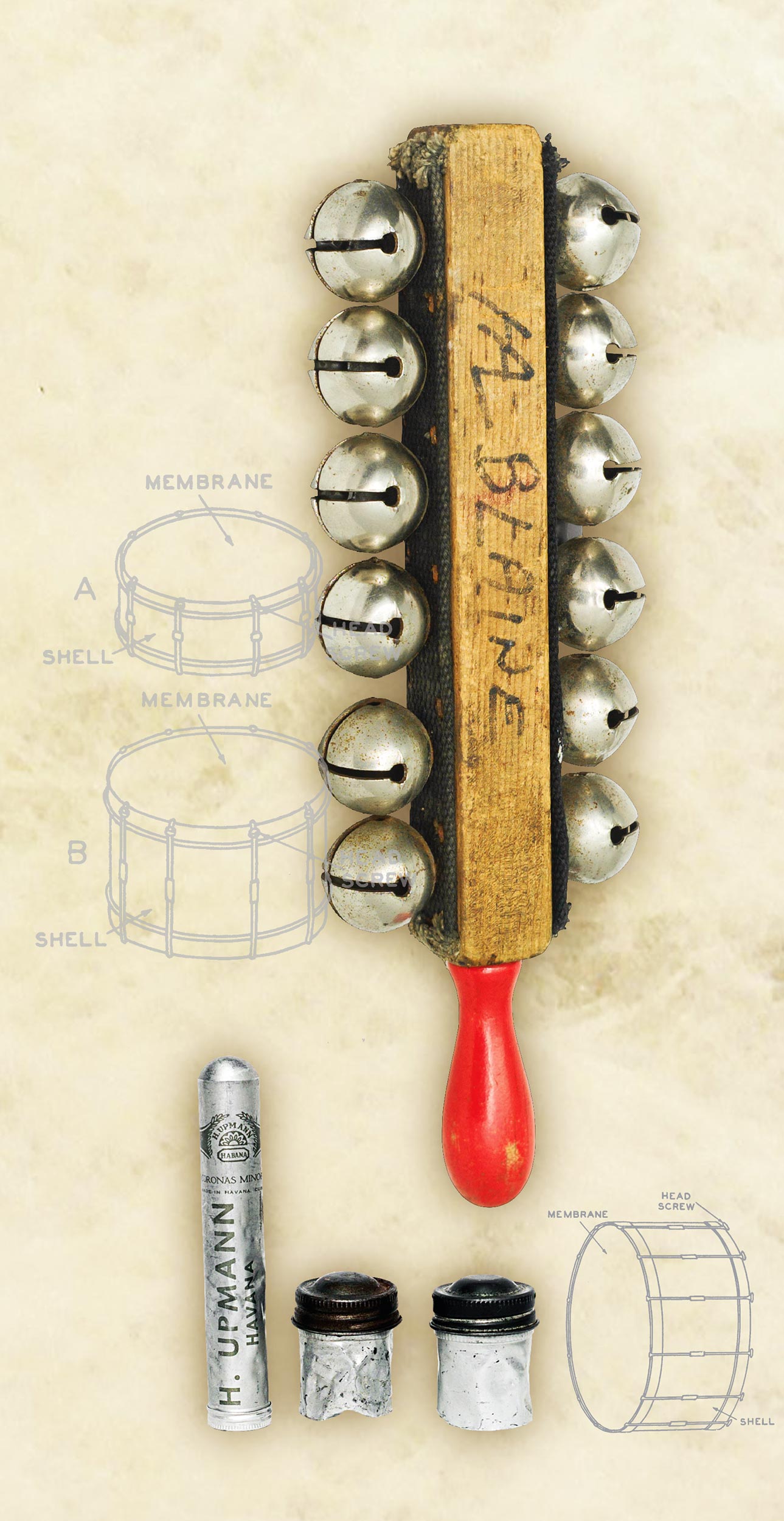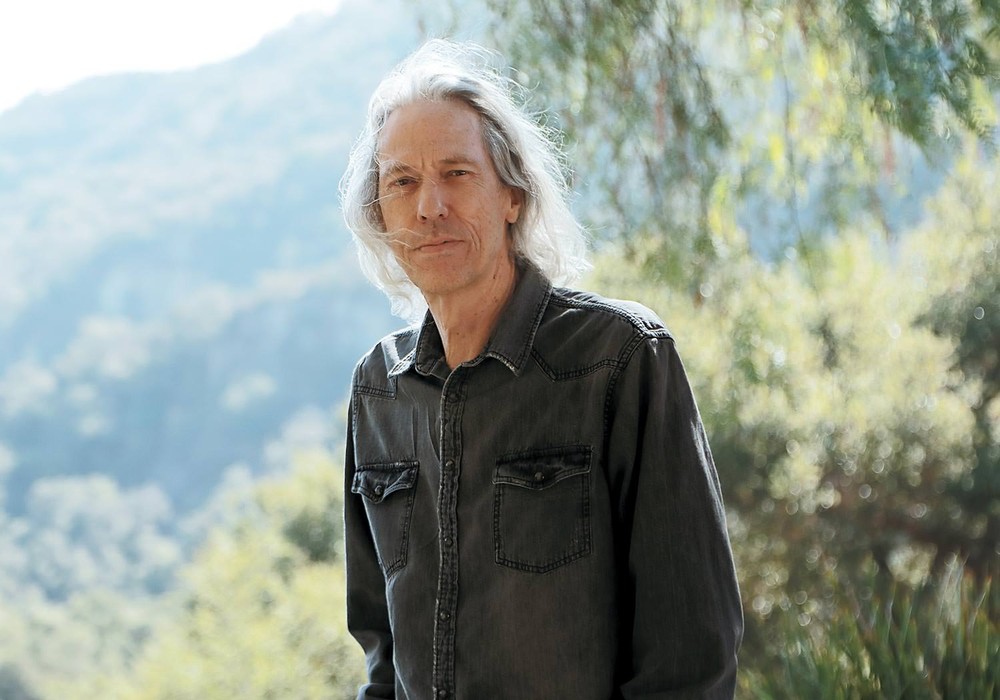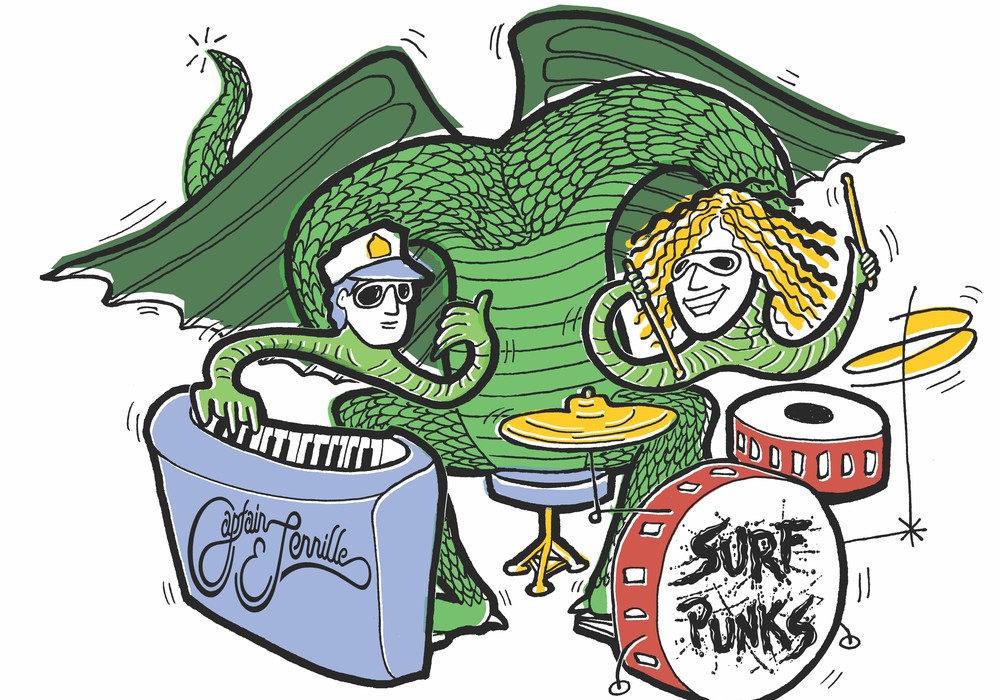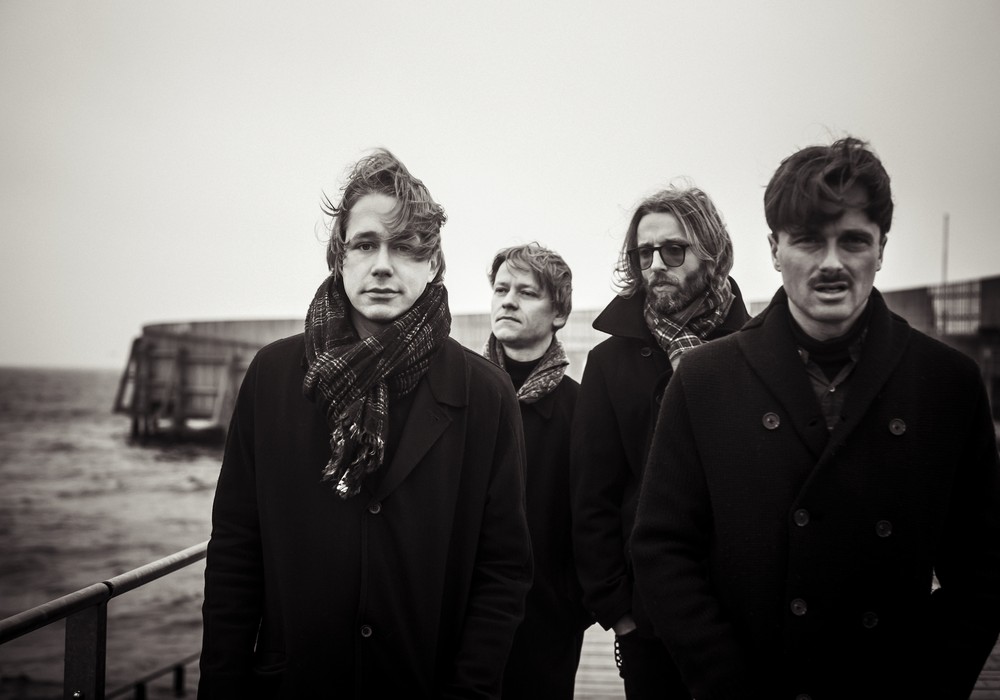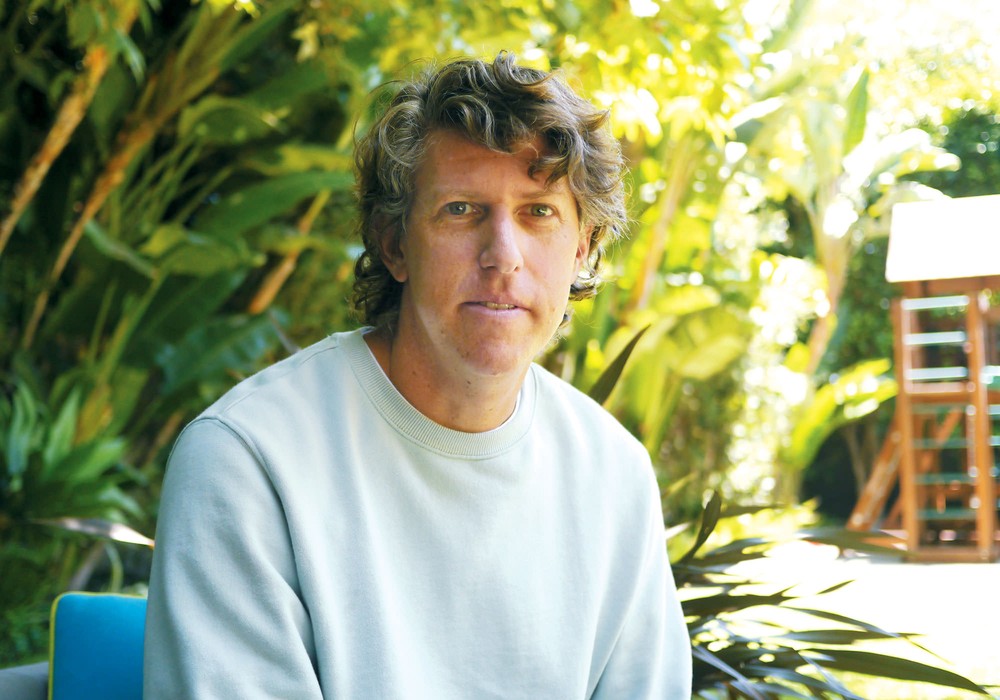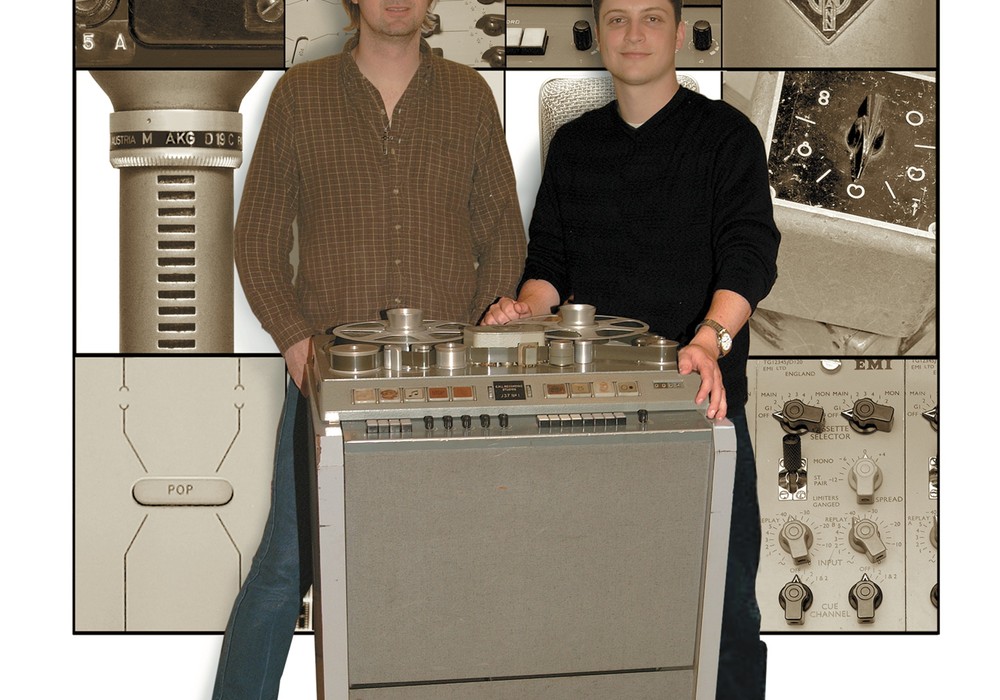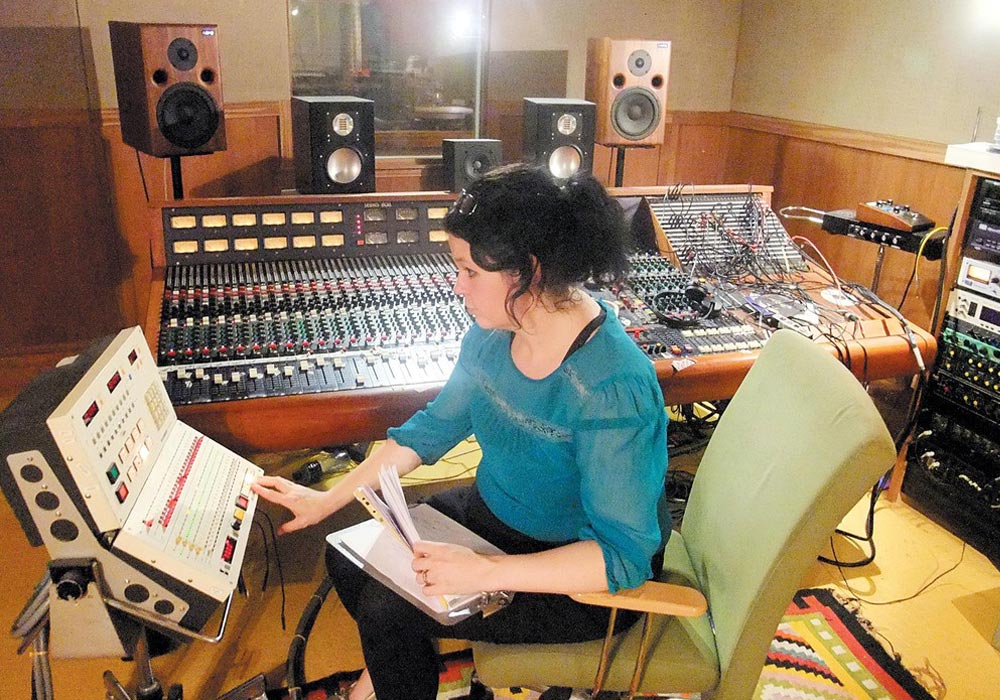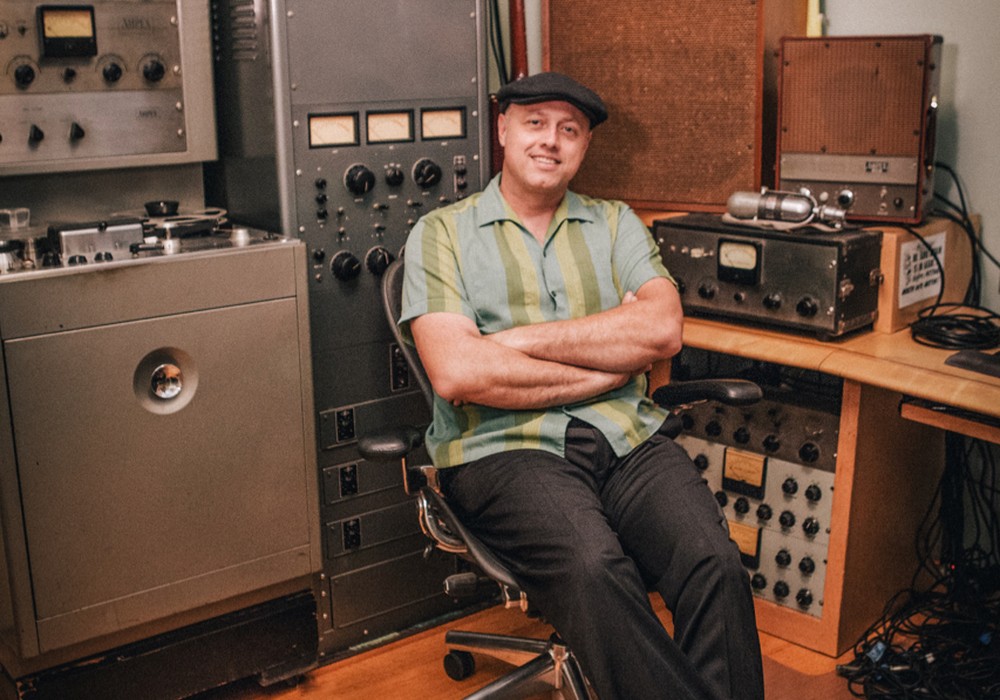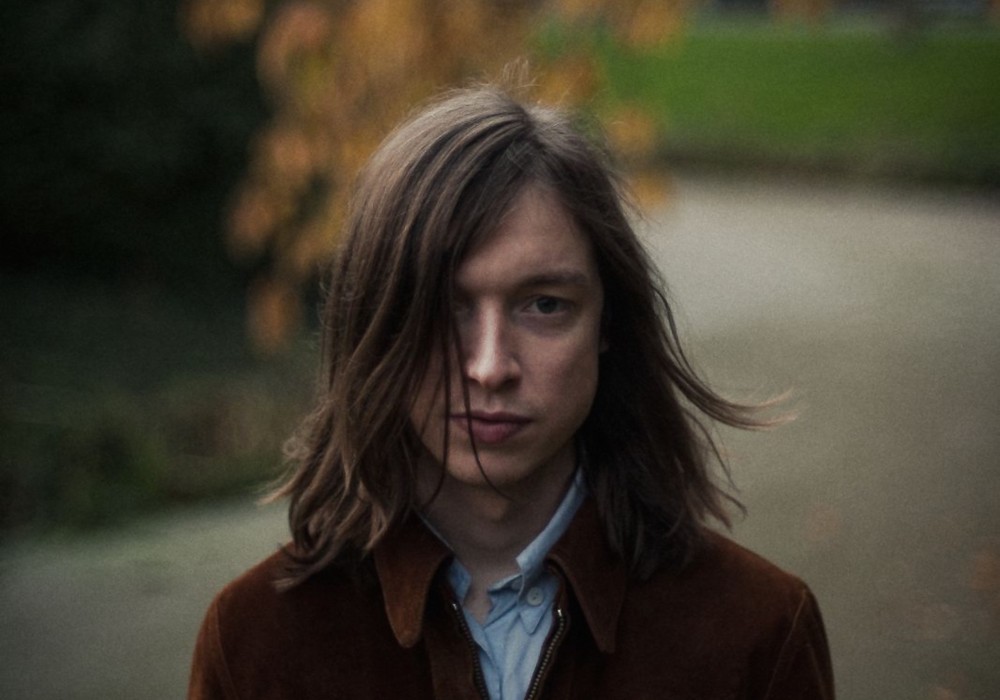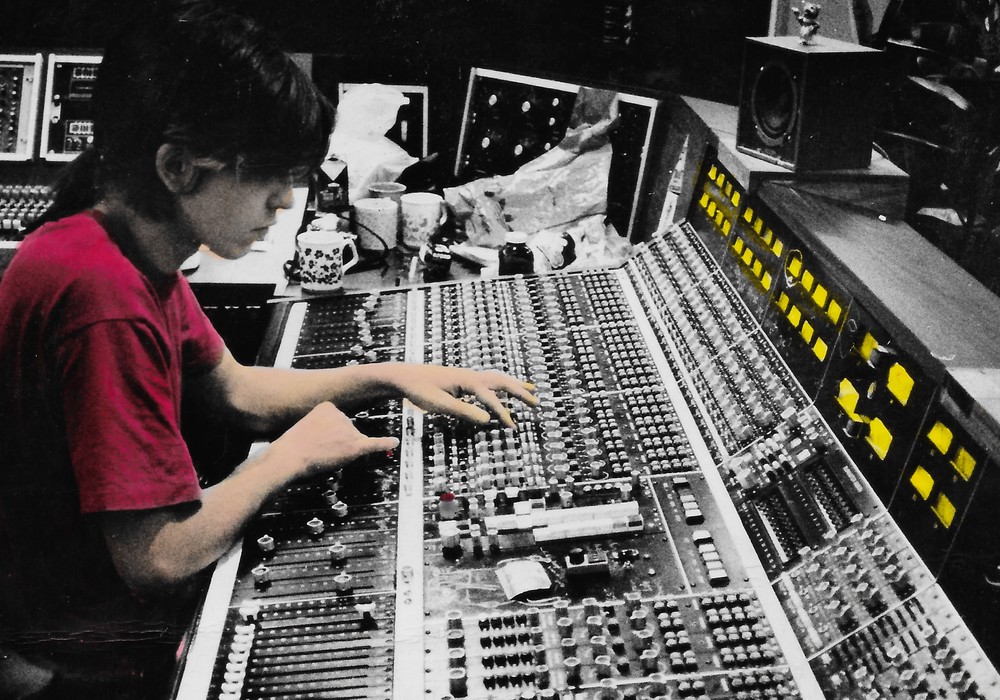Years ago, I started seeing an engineer’s name associated with Tom Petty and The Heartbreakers on a number of releases. Working on Tom’s Runnin’ Down a Dream documentary, The Live Anthology box set, the Mudcrutch side project, as well as The Heartbreakers’ fantastic last two albums – Mojo and Hypnotic Eye, Ryan Ulyate was there to capture, mix, and help produce one of the best songwriters and rock bands of the last 40 years. Ryan’s archive digging and mixing on the posthumous releases American Treasure, Wildflowers & All the Rest, and the recent Angel Dream (Songs and Music From the Motion Picture She’s the One) are absolutely worth investigating, and his forays into surround and Dolby Atmos mixing are setting new quality standards. But Ryan’s studio history stretches back much further, tracking a ‘70s pop song for Robert John (“Sad Eyes”) and producing massive Latin hits for Juan Gabriel and others. He even had a ten year stint working with Jeff Lynne [Tape Op #92], leading to album sessions with George Harrison.
But let’s let Ryan Ulyate tell these stories….
Everybody knows you from working with Tom Petty for so many years, plus archiving his work. How did your career begin?
My dad was a musician, and I found his tape recorder when I was a kid. I got myself a tape recorder when I was a 13, a TEAC that had sound on sound. You could take the 1/4-inch stereo and bounce one thing to the next track. I got a 4-track TEAC when I went to college when I was 17, and I put a little studio together. I was always recording music. I got my foot in the door at a real 24-track studio [Studio Sound Recorders] in 1978, and I worked on a record. The producer was George Tobin, who had an artist called Robert John; he did a track called “Sad Eyes.” It was Robert’s song, and he wanted to cut the vocals with me. We cut the vocals, and he said, “Stop me if you hear anything bad.” I said, “Really? You want me to do that?” He sang it, we cut the vocals, and then they picked that track from the album and it went to number one. Within six months of getting my foot in the door, I’d worked on a number one record!
You were fairly young, and right out of college?
Yeah, I was 21. Right after that, they [George Tobin and Studio Sound Recorders] had an association with Ariola Records. A French artist, Alain Chamfort, came in, and the first record I ever cut everything on was his album [Poses]. Then a Latin guy, Juan Gabriel, showed up. I did two albums right then, and Recuerdos went on to be number one. Alain Chamfort’s single, “Manureva,” went to number one and sold a million and a half copies in France. Juan Gabriel – the guy was huge, so after that I got all these French and Latin artists showing up, and I went independent in 1982. I’ve been independent ever since.
They were searching you out based on the credits?
Yeah. I ended up working with French people, like Johnny Hallyday, who was the “Elvis” of France.
I looked at your discography and thought maybe you didn’t even live in the U.S., initially.
Yeah. Back in those days, artists who had their act together knew that if they could come to L.A. they could make a big record. The studios and musicians were pretty established in Los Angeles at that point. I worked with these artists, even though I didn’t speak any French or Spanish. When I went independent, I did some work with Herb Alpert [Tape Op #140]. I bounced around and got pretty far into the Latin world. I ended up producing some for Juan Gabriel; he had an artist, Isabel Pantoja, who I worked with, and her Desde Andalucia was the number one Latin album for eight months. Crazy. Then that played its course out, and I got into doing sound design. This is way too much about me. [laughs]
No, I wanted to find out the path that led to where you are now!
Well, it’s interesting. I met Craig Harris, who became a good friend of mine. He was one of the first guys to get the first Synclavier, with a direct-to-disk system. Eight channels that you could record to a 30 megabyte Winchester hard disk that cost $10,000 and was as big as a refrigerator. I was fascinated by the technology, so I started working with him. He was doing sound design for 30 second national TV spots, like Budweiser [commercials]. He’d done a lot of sound design for films, like Back to the Future; making crazy sounds, speeding them up and slowing them down, and making collages. I spent three years doing that. Honestly, that helped with everything I’ve done since: working with sounds, 30 second spots, figuring out voiceovers, dialog, and how to do all that. It helped me when I jumped back into record production. After that, I got involved in doing sound for theme parks, and I did all the music and sound design for an attraction at a Japanese theme park. While I was there, I met...
